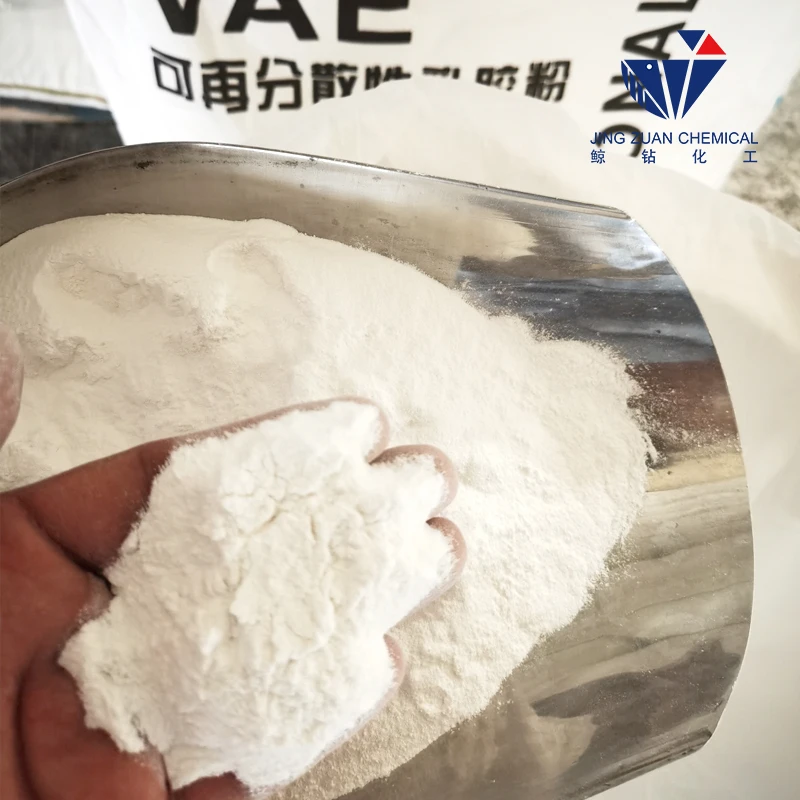
Dec . 19, 2024 13:28 Back to list
hpmc solution preparation
HPMC Solution Preparation A Comprehensive Guide
Hydroxypropyl methylcellulose (HPMC) is a cellulose ether that finds extensive application in various industries, including pharmaceuticals, food, and construction. Known for its emulsifying, thickening, and film-forming properties, HPMC is a popular ingredient in various formulations. This article will provide a concise, step-by-step guide for the preparation of HPMC solutions, which can be utilized in various applications.
Understanding HPMC Properties
Before diving into the preparation of HPMC solutions, it is essential to understand some of the crucial properties of HPMC
1. Solubility HPMC is soluble in cold water, forming a viscous solution. Its solubility varies based on the molecular weight and the degree of substitution of the hydroxyl and methoxy groups. 2. Viscosity The viscosity of HPMC solutions is dependent on the concentration of the polymer and the temperature of the solvent. Higher concentrations generally yield more viscous solutions.
3. pH Stability HPMC is stable across a wide pH range, making it suitable for diverse formulations.
Preparation Steps
1. Selecting the Right Grade of HPMC
The first step in preparing an HPMC solution is to select the appropriate grade. HPMC comes in various grades and molecular weights, which affect its solubility and viscosity. Choose the one that best suits your formulation requirements. Common grades include HPMC E5, HPMC E15, and HPMC K4M, among others.
2. Determining the Required Concentration
Next, determine the concentration of HPMC needed for your application. Typical concentrations range from 1% to 4%, depending on the viscosity required. It is crucial to conduct preliminary trials to find the optimal concentration.
The solvent typically used for dissolving HPMC is distilled water. Ensure that the water is at room temperature or cooler, as HPMC is more soluble in cold water. If the application requires a different solvent, make sure that it is compatible with HPMC.
hpmc solution preparation

4. Mixing Process
a. Dry Mixing
Start by measuring the appropriate amount of HPMC powder. To prevent clumping, you can pre-mix HPMC with a small amount of other dry ingredients, if applicable. This process helps distribute the HPMC more evenly when added to the solvent.
b. Wet Mixing
Gradually sprinkle the HPMC powder into the water while continuously stirring to avoid the formation of lumps. Use a high-shear mixer or a hand-held whisk for better results, ensuring that the HPMC is distributed evenly across the solution.
c. Hydration Time
Allow the mixture to sit for a specific time to ensure full hydration of the HPMC. This may take anywhere from 30 minutes to several hours, depending on the concentration and water temperature. Occasionally stir the mixture during this time to break up any remaining clumps.
5. Adjusting Viscosity and pH
After proper hydration, check the viscosity of the solution. If needed, adjust the concentration by adding more HPMC or water. If your application requires a specific pH, you may add buffering agents or acids/bases to achieve the desired level.
6. Filtration and Storage
Once the desired viscosity and properties are achieved, filter the solution to remove any undissolved particles. Store the HPMC solution in a clean, airtight container to prevent contamination.
Conclusion
Preparing HPMC solutions is a straightforward process that requires attention to detail in selection, mixing, and storage. By following the above steps, one can create stable and effective HPMC solutions tailored to specific applications in pharmaceuticals, food products, or other industries. With its versatile properties, HPMC remains an invaluable ingredient in modern formulations.
-
Versatile Hpmc Uses in Different Industries
NewsJun.19,2025
-
Redispersible Powder's Role in Enhancing Durability of Construction Products
NewsJun.19,2025
-
Hydroxyethyl Cellulose Applications Driving Green Industrial Processes
NewsJun.19,2025
-
Exploring Different Redispersible Polymer Powder
NewsJun.19,2025
-
Choosing the Right Mortar Bonding Agent
NewsJun.19,2025
-
Applications and Significance of China Hpmc in Modern Industries
NewsJun.19,2025







